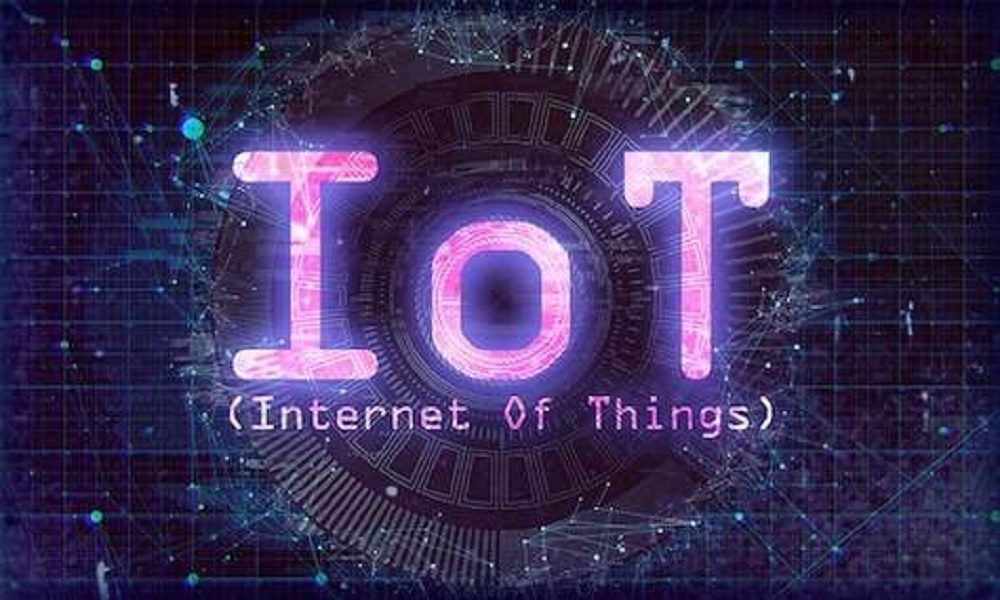The agronomics is a continuously evolving science. You may know that from the 18th century itself, the sector of farming has experienced strategic transformations resulting in a boost of crop production rates.

From genetic manipulation to the use of tractors and pesticides—farming has witnessed radical changes and underwent three agricultural revolutions. Believe it or not, but another agrarian revolution is still in action that will completely change the way we perceive farming.
The advent of IoT is considered the point through which the farming sector will take a dramatic transformation. Internet of Things offers several benefits in cultivation that helps farmers to grow a high yield of healthy crops.
The use of IoT in farms has resulted in an increase of crop yield by 1.75% and a drop of energy and water consumption by $7 to $13 per acre and 8%, respectively [source].
In the current digital era, the implementation of IoT in farms is vital because of the benefits it offers in terms of cost reduction and optimum utilization of assets. Furthermore, IoT will act as a driving force that will facilitate the production of crops for the ever-growing population.
IoT gives farmers the power to monitor their crops via sensors, drones, and even satellites. By analyzing the accumulated data from these devices, the farmers can make informed decisions to manage the quantity and quality of their crops.
Let us explore 4 applications of IoT that is enabling agriculture to become a growing sector:
- Precision Farming:
Precision Farming or Precision Agriculture is the method of making farming processes more controlled and accurate. Various state of the art tools and equipment like drones, sensors, probes, and robotics form an intra-field system that is used to utilize every available resource on the field optimally.
Moreover, satellites and geospatial tools are used for site-specific crop management. The intra-field system communicates with the low-cost satellites to create a position based imagery of the field. This enable farmers to identify and estimate the extent of variabilities at specific locations of the fields that may affect the health of the crop. Some of these variabilities include soil’s quality, sunlight direction, and slope of the farm.
By analyzing and evaluating these variabilities, the farmers can identify their cause and hence fix them quickly.
- Livestock Management:
Handling cattle is much more complicated than managing a field of immobile crops. It is troublesome for ranchers to track and manage their health and location manually. IoT makes these tasks easy through various sensors and devices.
GPS monitoring allows ranchers to monitor their cattle’s location distantly, enabling them to track them in case thieves steal them. By using geofencing techniques, the ranchers can even gain an alert if the cattle cross the boundaries of the farm.
Moreover, with the help of health monitoring sensors, the ranchers can keep track of heartbeat, pulse rate, and other health-based parameters of their cattle. They can even monitor the diseases with which they are infected and hence segregate the sick animal from its brethren to prevent a disease outbreak in the herd.
- Crop Monitoring:
Various factors affect the quality of crops such as soil moisture, temperature, pH, humidity, nutrition value, etc. In order to obtain a good yield of healthy plants, it is essential for farmers to monitor these parameters constantly.
By using various sensors, farmers can monitor these parameters in different stages of cultivation. This data is stored in a cloud platform that enable farmers to access this data numerous times from any possible location. The continuous storage of data allows farmers to analyze it via analytics and algorithms to develop useable trends, insights, and actions. From real-time alert systems, the user can even gain alerts about deficiencies in nutrients that can affect the quality of the crops.
- Agricultural Drones:
Agricultural Drones are the perfect example of innovation.
Crop dusters were people who used agricultural aircraft to spray insecticidal and fungicidal dust on a large section of a farm in an instant. Even though hiring crop dusters was the quickest way to get rid of the pathogens, it was quite costly for poor farmers.
Today, agricultural drones have taken the place of crop dusters that, along with spraying pesticides, also offer benefits like crop monitoring, irrigation, and soil & crop analysis. These drones are easy to use and help farmers to save time & cost associated with the management of crops and the execution of various farming operations.
By using various thermal, infrared, and multispectral cameras with drones, unique insights about crop health can also be gathered that is not possible with traditional practices. This feature of drones helps farmers to efficiently conduct operations like plant height measurement, chlorophyll measurement, drainage & field mapping, etc.
No matter how we see it, agricultural drones are the future of a farming sector that will inevitably precede the traditional agronomics and cultivation processes.
CONCLUSION:
The agriculture industry is being revolutionized through the implementation of drones, satellites, sensors, and the technology of IoT. Innovations in IoT are reshaping several farming practices and empowering the development of new farming procedures such as digital farming, smart farming, and precision agriculture.
This technological marvel is allowing farmers and ranchers to collect meaningful data and execute it to develop useful insights. The potential of IoT in the agriculture sector is really immense. By installing this smart technology, farmers would be able to sustainably increase their crop production rate and improve their quality accordingly.







